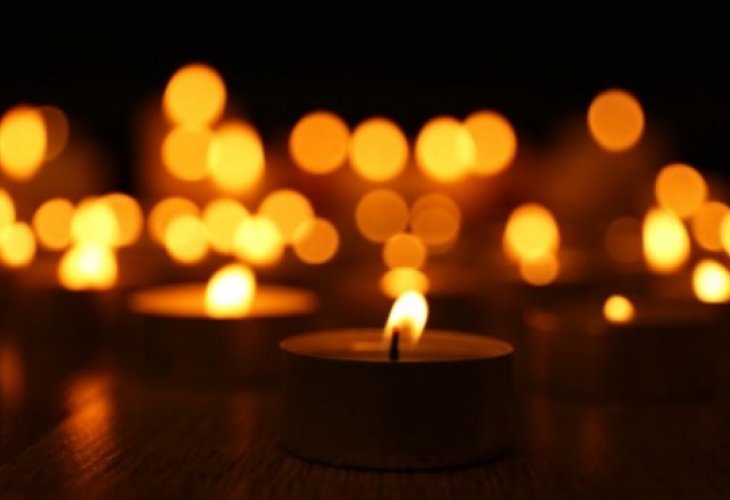The Miraculous Rescue of Rabbi Yaakov Yehoshua Falk and His Lasting Legacy
How does one recover from a devastating tragedy? Remembering Rabbi Yaakov Yehoshua Falk, the 'Pnei Yehoshua,' with 10 facts about his life and works.
 (Photo by: Shutterstock)
(Photo by: Shutterstock)Tonight (Tuesday), the eve of the 14th of Shevat, marks the 344th yahrzeit of Rabbi Yaakov Yehoshua Falk, known as the "Pnei Yehoshua." Here are 10 facts in his memory.
1. Rabbi Yaakov Yehoshua Falk zt"l (Kislev 28, 1680 – Shevat 14, 1756) served as a rabbi in Lviv, Berlin, and Frankfurt am Main. He was a city leader and head of a yeshiva. He authored the "Pnei Yehoshua" series on the Babylonian Talmud.
2. Rabbi Falk was born in Krakow to Rabbi Tzvi Hirsch, a local court rabbi, and Miriam, the daughter of Rabbi Avraham Halevi, who was the son-in-law of Rabbi Yehoshua the author of "Magen Shlomo." The newborn was named Yehoshua after this ancestor, and later acquired the name Yaakov through illness.
3. A Lineage of David: Many rabbinic families trace their lineage to Pnei Yehoshua. He descended from the author of "Magen Shlomo" and, through his book's introduction, connected back to Rabbeinu Tam, Rashi, and subsequently to Rabbi Yochanan the Sandler and King David.
4. On the 3rd of Kislev, 1712, his first wife, her mother and grandfather, and his young daughter Gitl perished in an explosion of gunpowder stores in the city, demolishing his and others' homes and causing fires citywide. Miraculously, Rabbi Falk survived.
5. In his preface to "Pnei Yehoshua," he recounts the tragedy: "Suddenly the city was overturned as if no hands had touched it. A terrifying sound, the blaze burst forth, with the sight of fierce flames consuming our homes and windows due to barrels of gunpowder. The buildings crumbled; some fell to their foundations, leaving around 36 holy souls of Israel dead."
6. Rabbi Falk remained inside, with piles of rubble above him. "Trapped beneath, I feared my house would become my grave, the place of stoning and burning, death threatening from all sides. The beams, stones, and wood felt like witnesses poised to strike first."
7. He describes in terror vowing to Hashem that if saved, he would devote his life to deep Torah study: "I vowed in the midst of the ruin that if Hashem protected me and delivered me safely, I would build a faithful house to increase my students, never leave the study hall, and delve deeply into Talmudic and legal study."
8. As soon as he completed his vow, a path opened amid the fallen columns. "Before I ceased speaking to my heart, Hashem heard my plea; a pathway was made for me, and I exited unharmed. Thus, I knew this was a miracle from Hashem, and since then, I've dedicated my studies to Talmud and legal texts."
9. After surviving, Falk fulfilled his vow, immersing himself in lifelong Torah study and focusing deeply on Talmudic matters, creating his significant tome. Before writing, he reviewed the Talmud 36 times, matching the disaster's casualties.
10. His monumental work "Pnei Yehoshua" contains four parts of innovative commentary on the Talmud. It clarifies textual inquiries through prominent scholars, particularly the Tosafot and Rashi—his ancestors. His method blends analysis, rationale, and debate, exploring every topic's depth and illuminating it afresh.
His insights soon spread across the Jewish educational world, and leading scholars noted that his book opened new Talmud understanding. His contributions are fundamental to Torah study, especially his elucidations on the Tosafot, uncovering new depths and resolving significant queries with clear reasoning.
Amidst profound loss, losing his wife and only home, a great light emerged, continuing to illuminate Torah study today.
How should we perceive the harsh events of our lives? Rabbi Zamir Cohen shares encouraging insights for those feeling shattered and hopeless:

